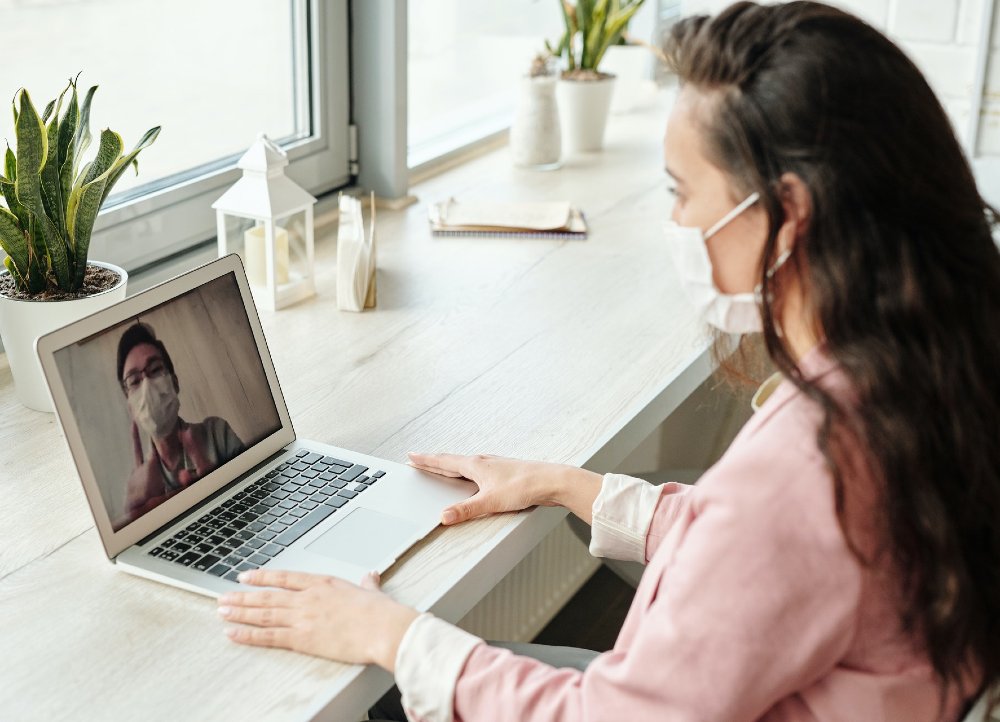Like thousands of mental health professionals across the country, you are probably working on your private practice reopening plan and have a lot of questions. Is now the right time to reopen? Are my patients ready to come back to therapy in person? What can I do to keep my staff and patients safe from the coronavirus? In this blog post, we confront these pressing questions in hopes of inspiring solutions for your practice during this unprecedented time.
Are Therapists Currently Seeing Clients in Person?
Identifying the right time to reopen your therapy private practice during a global pandemic is challenging, to say the least. While states are slowly reopening all types of businesses, the American Psychological Association (APA) has stuck with its position to conduct therapy by telehealth as much as possible. Many therapeutic practices have chosen to follow this recommendation, rather than reopen their practices for in-person sessions.
When Should I Reopen My Private Practice to In-Person Therapy?
The key to answering this question is to determine if reopening is a necessity or a preference. While you may feel anxious to get back to normal, it is critical to first consider industry guidelines and recommendations, including those set forth by the APA and the CDC. Careful consideration is especially important in a therapy environment when working with patients one-on-one in close proximity. If you choose to reopen, know there is still a possibility of transmitting the virus to your patients, colleagues, and employees, even if COVID-19 workplace guidelines are followed.
Additionally, determine whether or not telehealth works as a solution for your practice. There are many advantages to the platform outside of social distancing, including lesser wait times and an opportunity to treat clients who do not live in your area.
If you feel it is necessary to reopen your therapy practice sooner rather than later, however, you should first assess the rules and regulations in the state where your practice is located. This interactive map from the New York Times shows which states are currently open for business, in the reopening phase, pausing reopening plans for now, and those that have had to reverse course due to the rising number of coronavirus cases and deaths. Once you’ve determined it is legal to reopen, it will be important to develop a reopening plan for your private practice based on CDC recommendations.
Ultimately, the decision of when to reopen is one for each private practice, and it is important to weigh the risks while making it.
Therapy Private Practice Reopening Checklist
Following CDC guidelines for reopening, here are a number of steps you could include in your reopening plan. While implementing your therapy practice’s reopening plan, keep an eye out for new information as state restrictions can change quickly based on new case data.
- Ensure The Building Is Ready To Reopen – Inspect the office for problems that may have developed during the initial shutdown such as water system problems, mold growth, or rodent infestation. Although not related to COVID-19, you will need to correct any building or office issues before reopening for in-person therapy.
Additionally, make sure that the ventilation system in your office works properly as poor circulation in an enclosed space increases the risk of coronavirus transmission.
- Encourage Social Distancing – Walk through your practice again to find areas where staff or clients could come into close contact such as restrooms, waiting areas, break rooms, and treatment rooms. Put up signs in those areas requiring people to maintain a six-foot distance. These are also good locations to place hand sanitizer and disposable masks for any patients that arrive without one.
Additionally, consider requiring patients to call from their car to check-in rather than sitting in the waiting room for several minutes. An office employee can quickly call or send a text when a therapist is ready to see the patient.
- Communicate With Clients – Be sure to keep the lines of communication open with employees, colleagues, and, most of all, with clients. It is important to promote reassurance and clarity whenever possible during this time of uncertainty. As restrictions evolve in your state, keep clients up to date on what each change means for your practice and, in turn, for them as your patients.
- Protect Your Employees – Consider implementing a daily health check for all employees. You can either hire temporary staff to conduct the health checks or set up a virtual system that asks employees to report any potential symptoms before reporting to work for the day.
- Update Policies – Establish private practice reopening policies that demonstrate care and concern for everyone who enters your private practice each day. Be sure to enforce the new policies once you have communicated them and let employees know you expect 100 percent compliance. You should also let clients know in a respectful way that they must follow the new policies to continue to receive therapy services.
- Consider Offering Alternatives – Even if you are within your local guidelines and your team feels comfortable with the risk associated with seeing patients in person, it’s important to recognize that not all of your clients will feel the same way. By giving them an option to choose in-person or telehealth visits, you will empower them to continue their care program in whatever environment they feel is safest for them.
Valant’s Integrated Telehealth Software
The questions we’ve discussed in this blog post are complicated, and, ultimately, reflect the values and ability of each individual private practice. As you can see, even the question of whether or not private practices are seeing patients is highly individualized … and, admittedly, a bit tough to answer.
If you decide telehealth is still the best solution for your private practice, the team at Valant would be happy to answer any questions you may have about our integrated telehealth software — designed specifically for behavioral health practices.




